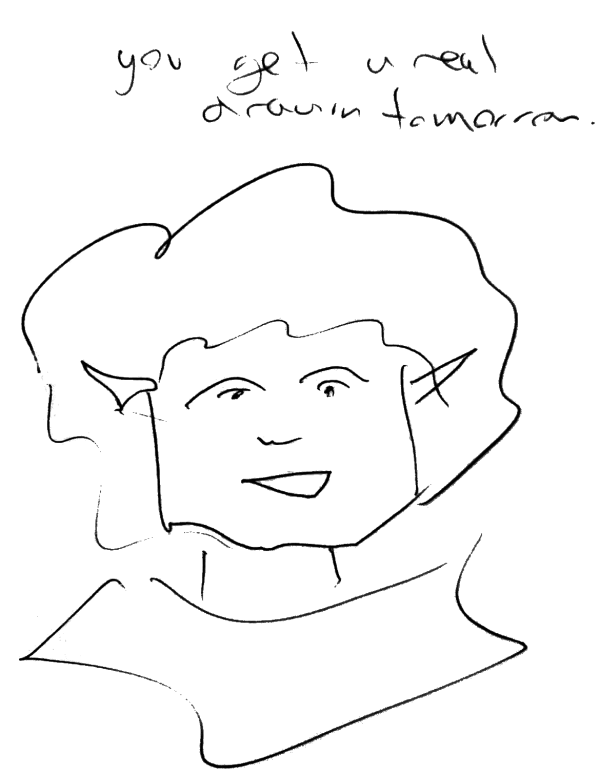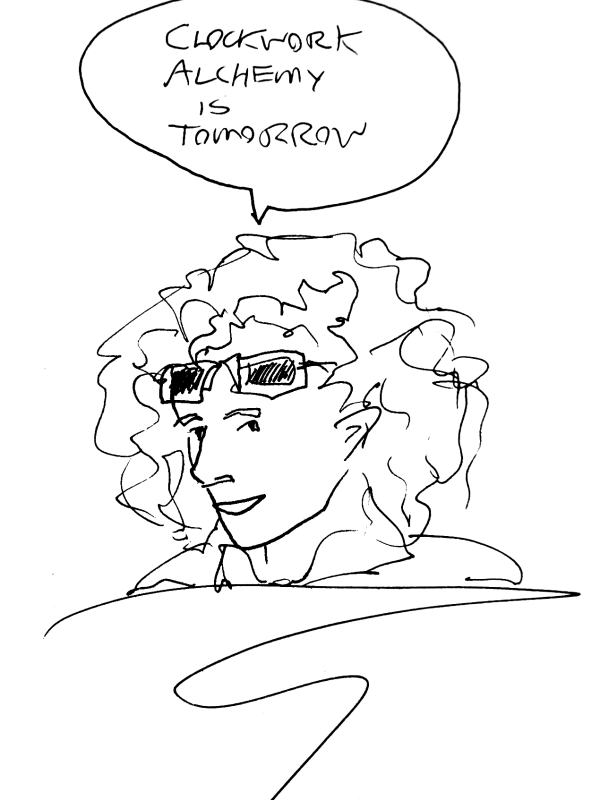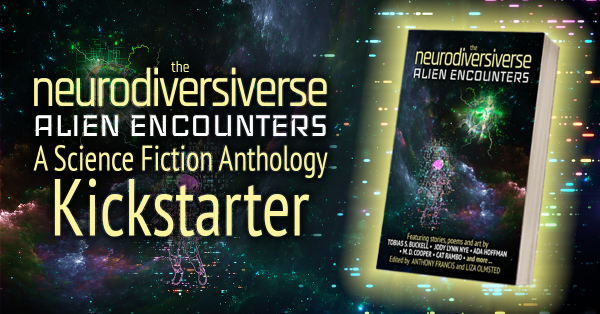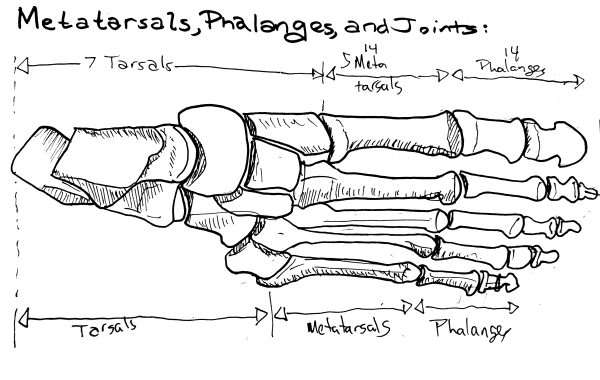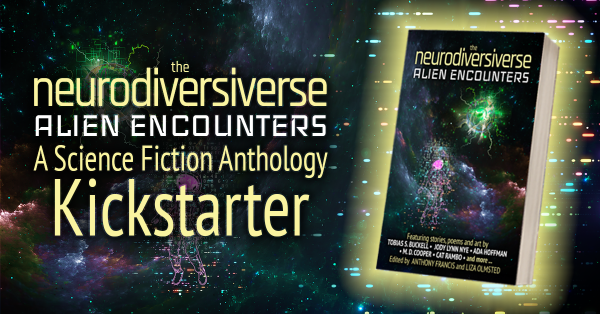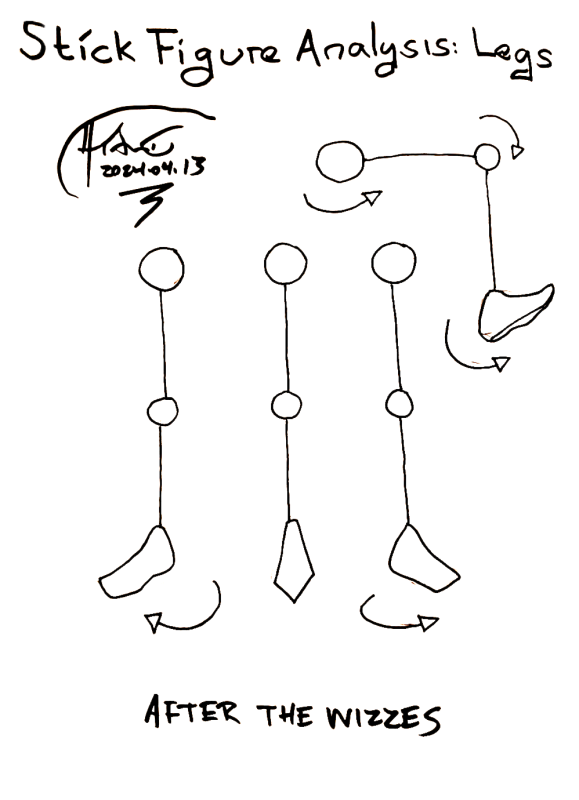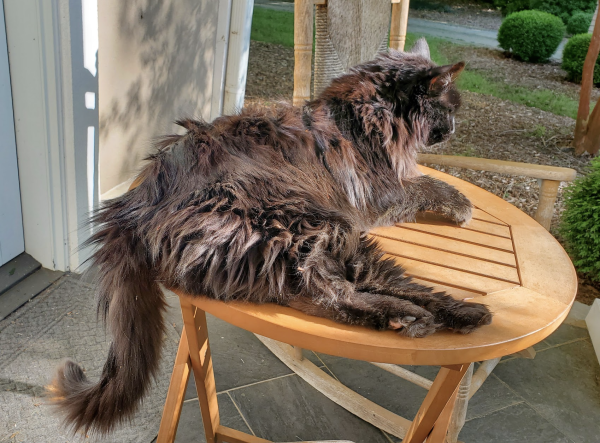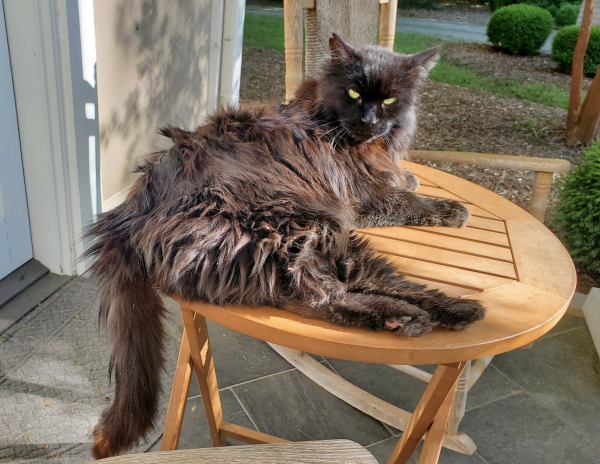
Hey folks! This is a "sticky" post up for the next week or so to remind you that I will be Author Guest of Honor at Clockwork Alchemy - and that we're running a Kickstarter for The Neurodiversiverse! Please check out the Kickstarter - and click to be notified when it goes live, I'm told that helps "the algorithm" when it launches.
I was selected as Clockwork Alchemy GOH not just because of the Jeremiah Willstone steampunk series, comprising one novel and a dozen stories featuring the rayguns-corsets-and-aliens world of Victoriana, but also because I've been involved in Clockwork Alchemy since its inception. Please visit us at the con!
At Clockwork Alchemy, I will be joined by my Neurodiversiverse coeditor and friend Liza Olmsted. Our schedule at the event is the following - including a Tea with the Author on Friday and the debut of the audio drama "Jeremiah Willstone and the Choir of Demons" on the anthology panel on Saturday:
Friday, April 19
- Own Voice Stories - 2:30pm / Synergy 5 - Liza Olmsted, M.D. Neu, Sumiko Saulson, Emily Flummox
Why promoting and celebrating 'own voices' stories is imperative! - Tea with the Author Guest of Honor - 4pm / Synergy 2-3 - Anthony Francis
Come have tea with me! Ask your questions. I don't promise enigmatic answers! - Author Signing with Anthony Francis - 6pm / Convene Lobby
Come get your books signed!
Saturday, April 20
- Steampunk Vehicles - 1pm / Inspire 1 - Anthony Francis and Michael Tierney
We'll talk about airships, land walkers, behemoths, and time machines! - Author Signing with Anthony Francis - 4pm / Convene Lobby
Buy more of my books in Author's Alley, and I'll sign them too! - Bringing Anthologies to Life - 5:30pm / Synergy 5 - Anthony Francis, Liza Olmsted and Dover Whitecliff
We'll discuss the challenges of bringing anthologies to life, and debut the very first Jeremiah Willstone audio drama, "The Choir of Demons"
Sunday, April 21
- Favorite Steampunk Books - 10am / Synergy 5 - Anthony Francis, Madeline Holly-Rosing, Dover Whitecliff
What are the greatest steampunk books and series? We have opinions! And will share. - Author Signing with Anthony Francis - noon / Convene Lobby
Buy more of my books in Author's Alley, and I'll sign them too! - Author Signing - Last Call with the Author's Alley - 4pm / Convene Lobby
Buy more of ANYONE's books in Author's Alley, and we'll all sign them! Or sign our own. Whatevz.
Finally, for the duration of the campaign, neurodiversiverse.com will link through to the Kickstarter! We're campaigning to get enough funds to pay our authors full "pro" SFWA rates, and if we surpass that, the funds will go to the planned second book in the series: The Neurodiversiverse - Binary Stars! Back and share, folks!
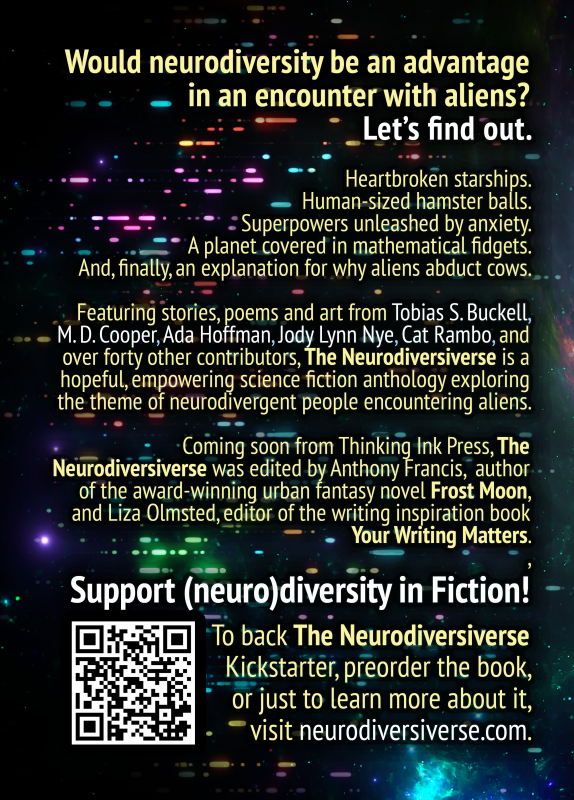
-the Centaur
